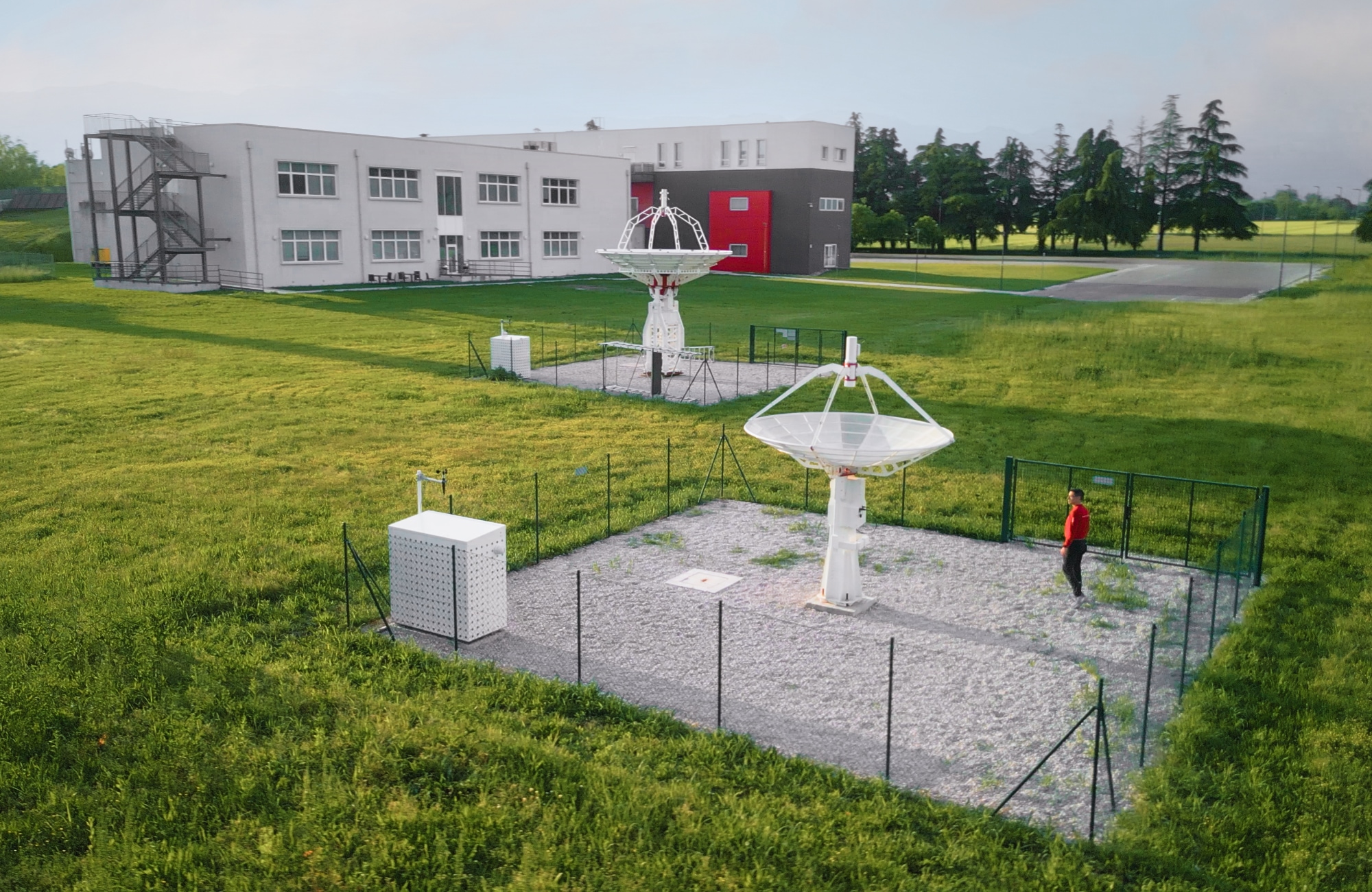SPIDER 300A MarkII radio telescope installed in PL Space Center at Polo Tecnologico Alto Adriatico technology center
We are proud to announce the installation of a new SPIDER 300A MarkII radio telescope for radio astronomy at the PL Space Center, located inside the Polo Tecnologico Alto Adriatico technology hub in Pordenone, Italy. The PL Space Center is an advanced facility developed by PrimaLuceLab to demonstrate innovative ground-based space technologies and engage the public through education and outreach. It integrates multiple professional-grade telescope systems—optical and radio—to explore the Universe from Earth and to inspire new generations through hands-on experience with real space science. The new SPIDER 300A MarkII is now operational as part of this cutting-edge environment, supporting research, education, and public engagement in radio astronomy.
The installation process of the SPIDER 300A MarkII radio telescope began with the preparation of the C106-HEAVY pier, securely mounted on a reinforced concrete base specifically constructed within a protected area of the PL Space Center. The setup phase included precise alignment and bolting of the support structure to ensure long-term mechanical stability. This fenced zone was created to provide a safe, dedicated space for the radio telescope’s operations.
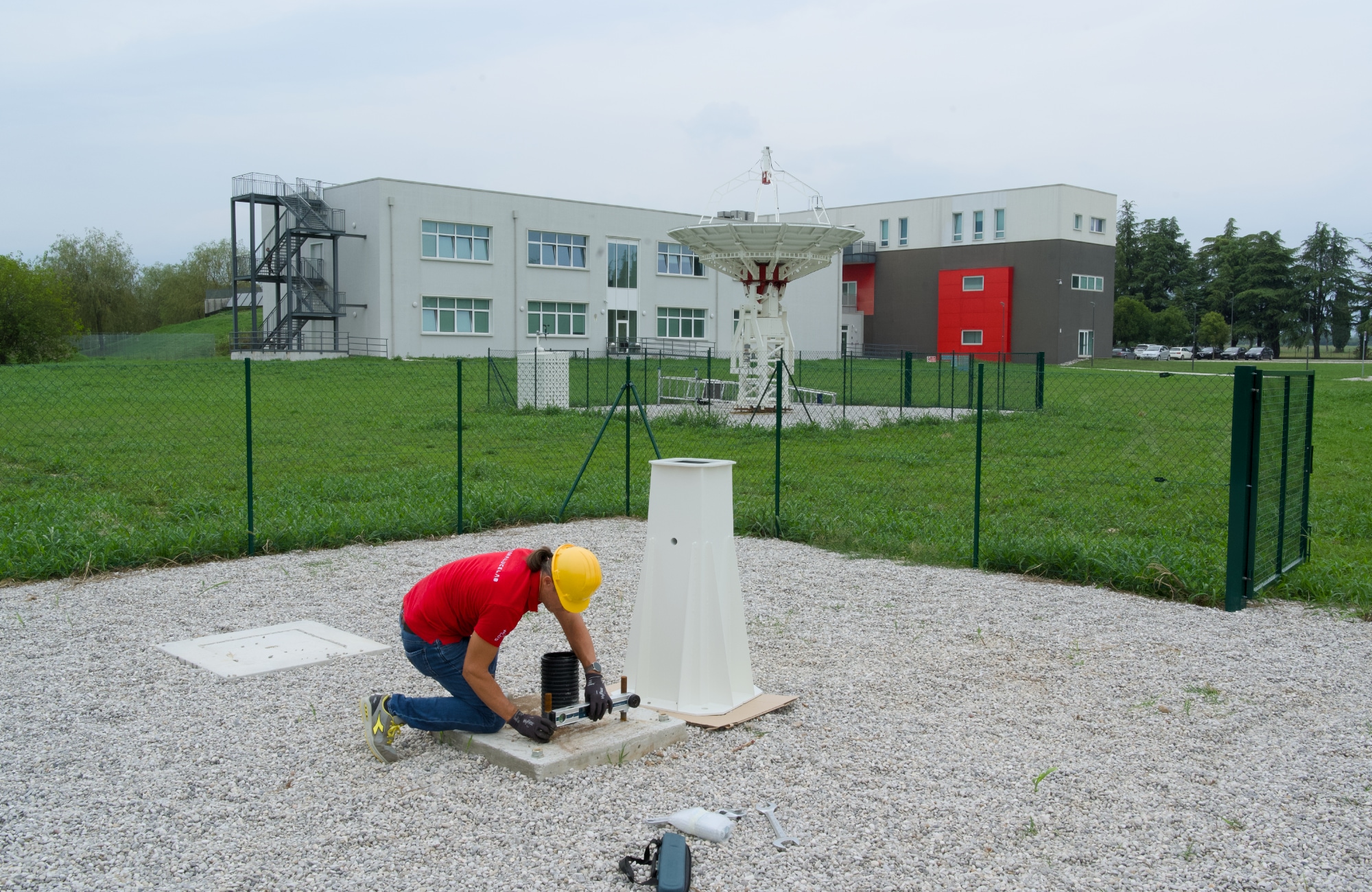
In the next stage of the installation, the GS-100II weatherproof alt-az antenna tracking system of the SPIDER 300A MarkII radio telescope was positioned on top of the C106-HEAVY pier using a specialized lifting machine. The mount was then firmly bolted into place, forming the stable foundation required to track radio sources across the sky with high pointing accuracy. The careful handling and use of professional lifting equipment ensured both safety and structural integrity during this delicate phase of the installation process.
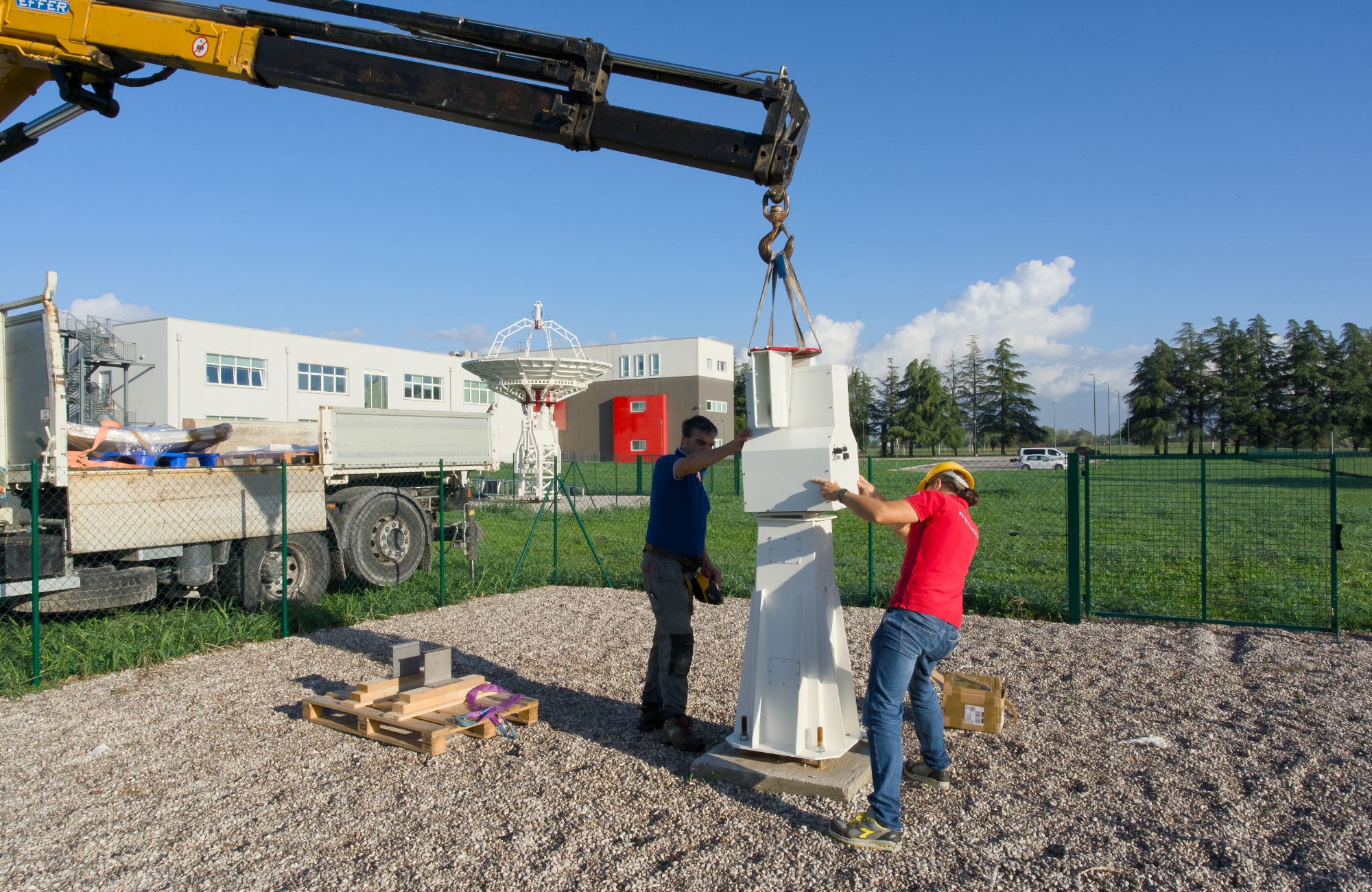
The next step involved the assembly of the SPIDER 300A MarkII’s large WEB300-5 3-meter mesh parabolic antenna. This antenna is designed to offer high gain and optimal performance at 1420 MHz, the radio emission of neutral hydrogen line, while minimizing wind resistance thanks to its precision mesh structure. The individual aluminum segments were joined with meticulous alignment to ensure the accuracy of the reflecting surface, which is critical for detecting faint radio signals from space. The lightweight yet robust design of the dish allows for smooth movement and stable operation even in outdoor environments exposed to the elements.
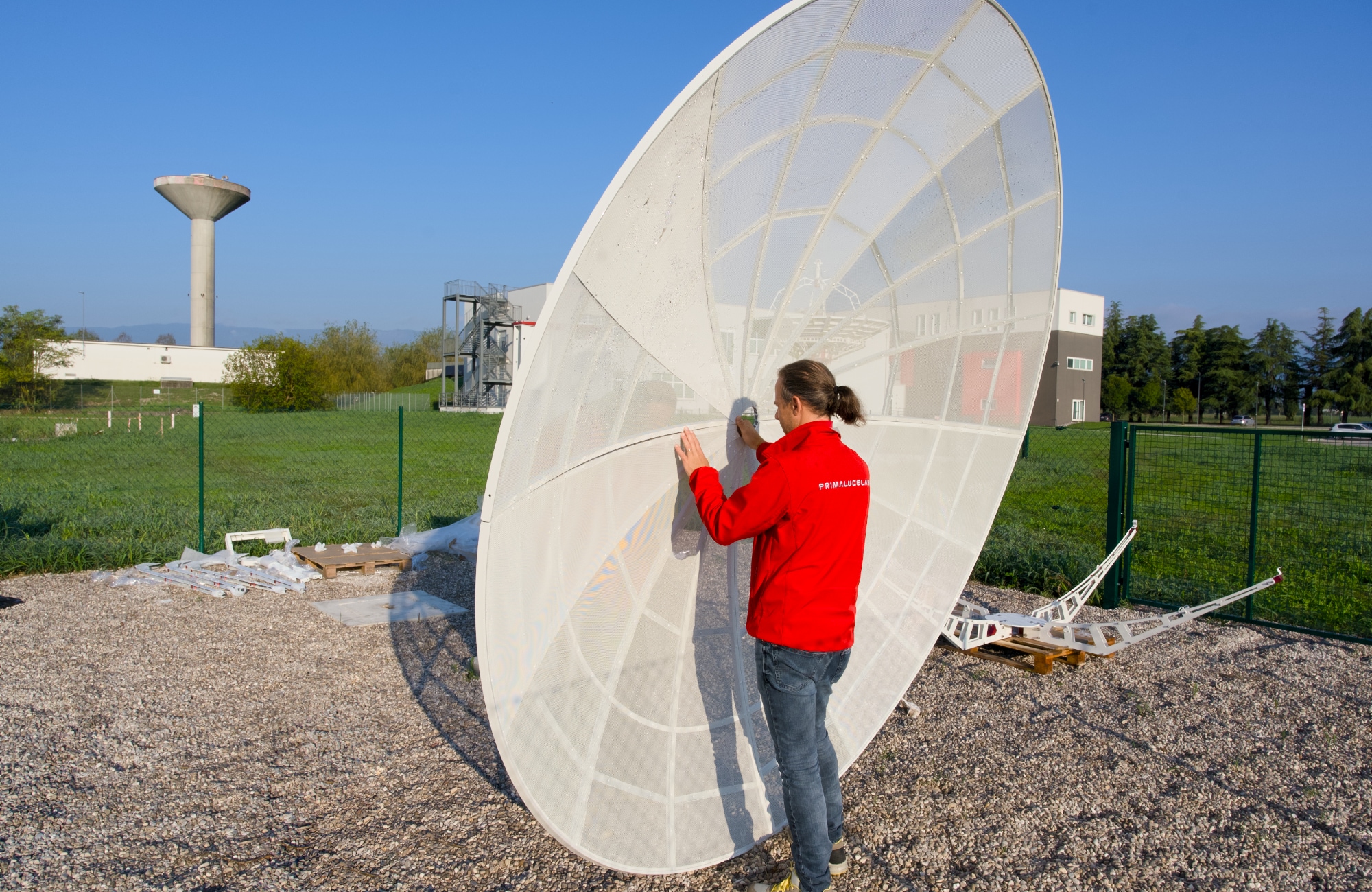
Following the assembly of the parabolic antenna, the installation team mounted the H-FEED custom designed feed for 1420 MHz frequency at the primary focus of the dish using dedicated support arms. The feed is the core element of the receiving system—it collects the radio signals reflected by the mesh surface and sends them to the low-noise amplifier and receiver electronics. Precise alignment and mechanical stability of the feed are critical for optimal system performance, ensuring maximum signal strength and fidelity.
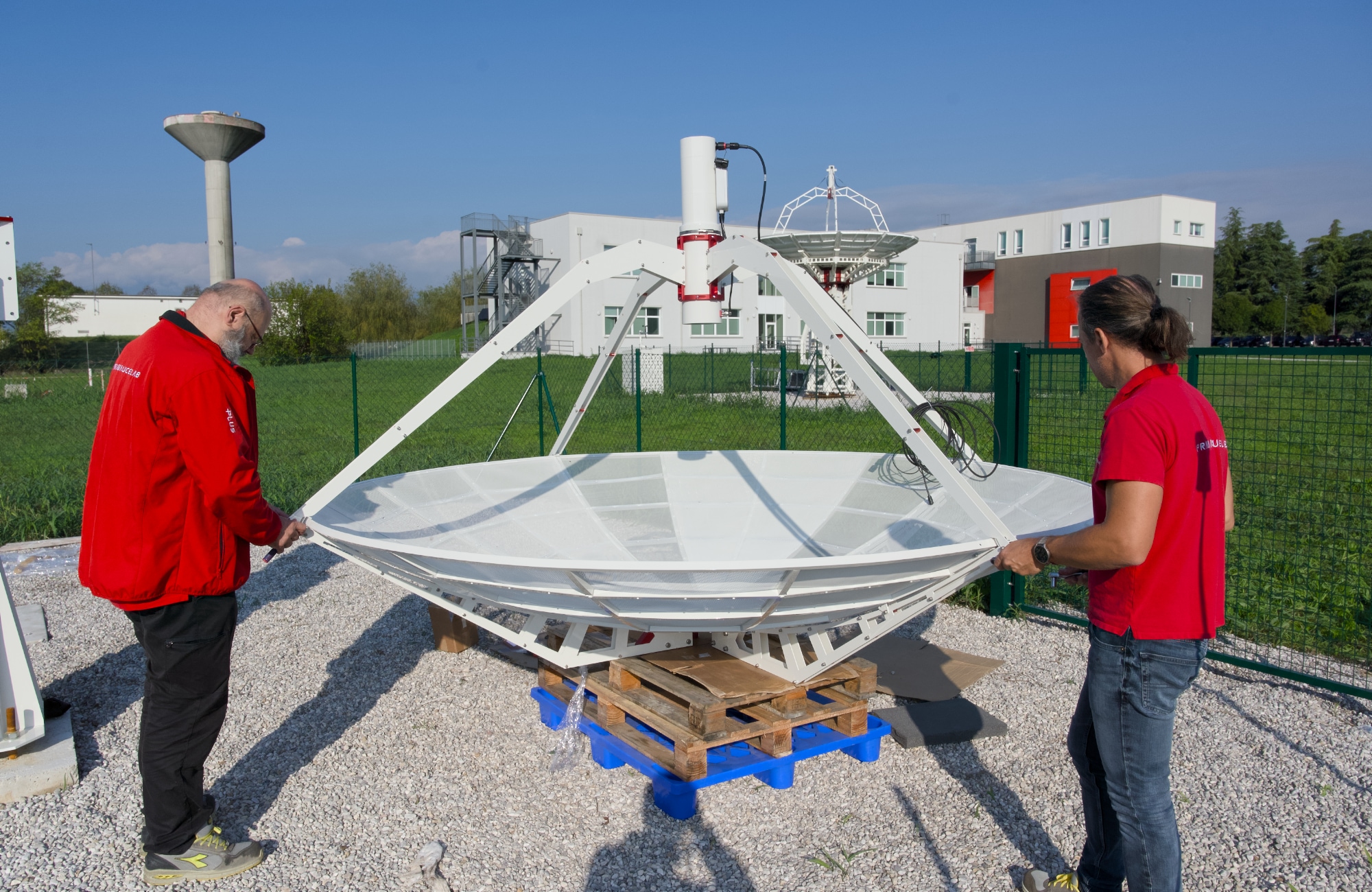
Once the dish and feed were fully assembled, the 3-meter parabolic antenna was mounted onto the head of the tracking system. This delicate step required precise alignment to ensure that the antenna’s weight was evenly distributed and balanced around both axes of motion. Following the installation, counterweights were carefully added to the structure to ensure dynamic stability during movement and long tracking sessions. This phase marked the completion of the mechanical assembly of the SPIDER 300A MarkII, preparing it for the integration of electronics and control systems.
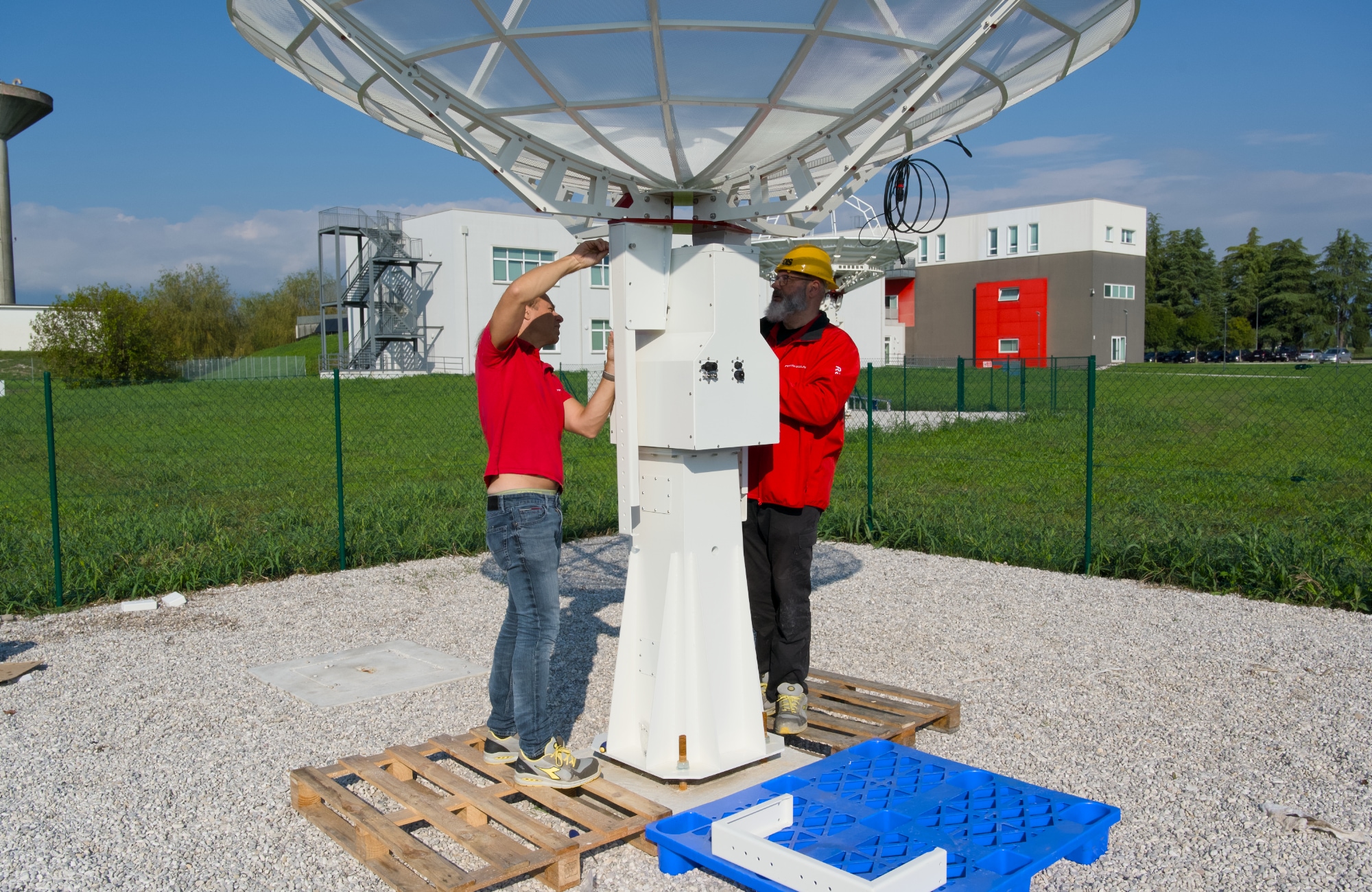
To enable remote operation and data acquisition, the H142-PRO receiver and control electronics of the SPIDER 300A MarkII was installed in a weatherproof rack located near the radio telescope. This setup includes the H142-PRO radio receiver, the Radio-over-Fiber controller, and network interfaces for remote connectivity. Additionally, a wind sensor was installed on the rack to monitor weather conditions in real time. For safety, the system is configured to automatically place the antenna in the stow position whenever wind speeds exceed 50 km/h, protecting the radio telescope from possible damage.
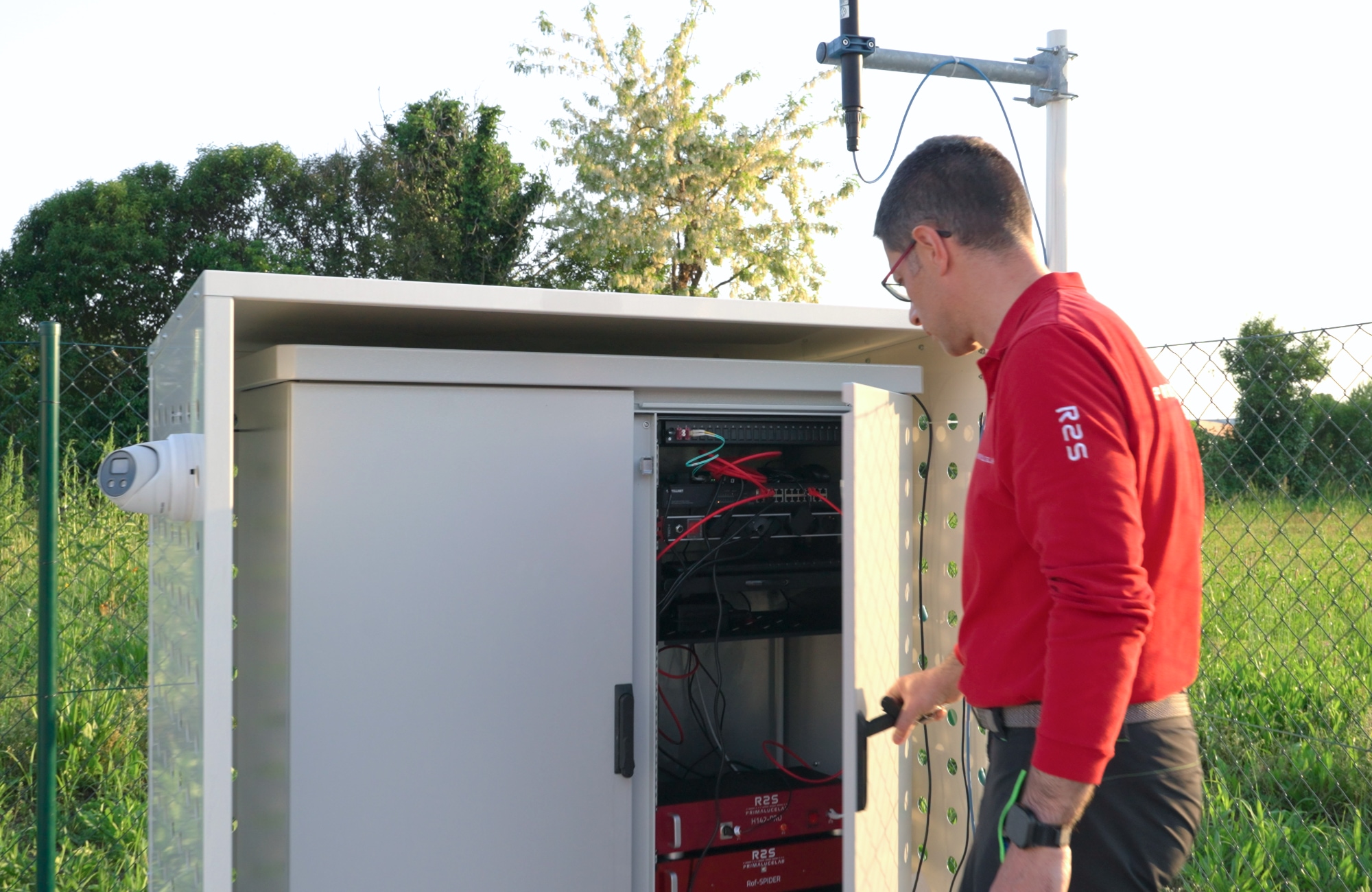
With the control electronics fully integrated and the system connected to the network, the SPIDER 300A MarkII radio telescope can now be operated remotely from anywhere in the world. In particular, the team at PrimaLuceLab can monitor and operate the SPIDER 300A MarkII directly from their headquarters, located just a few kilometers from the PL Space Center. This powerful remote-access capability enables continuous scientific operations, streamlined educational activities, and future software updates or diagnostics—all from a remote control room.
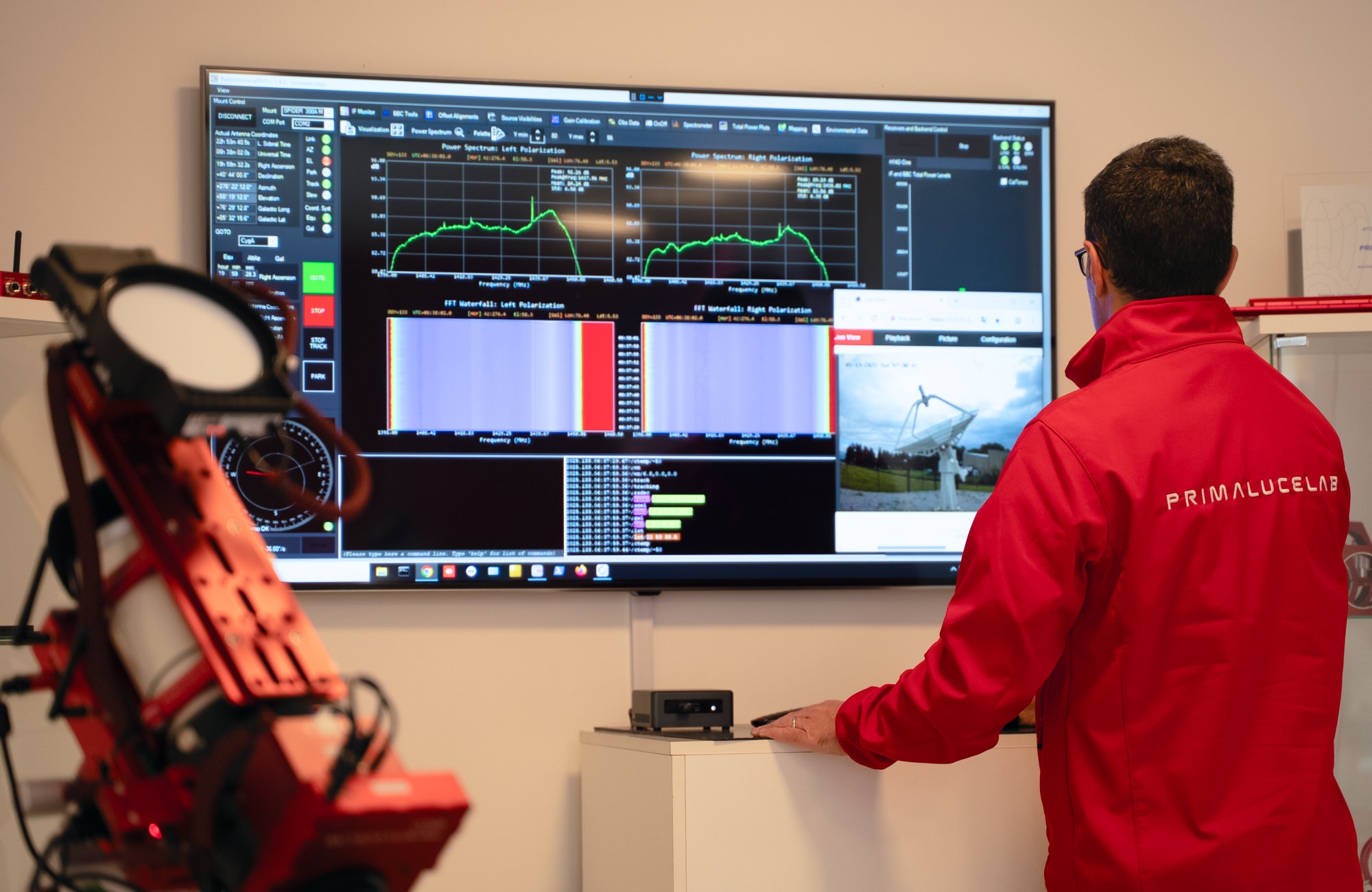
With the installation process completed, the SPIDER 300A MarkII radio telescope is now operational at the PL Space Center. Designed for radio astronomy at 1420 MHz, it offers a powerful platform for scientific research, education, and outreach. Positioned next to the INTREPID 500-12—already active for space communications in S and X bands—the SPIDER 300A MarkII enhances the PL Space Center’s capabilities by adding a dedicated instrument for radio astronomy applications. Together, these advanced systems demonstrate how ground-based observatories can support both space missions and astronomical exploration from Earth.
